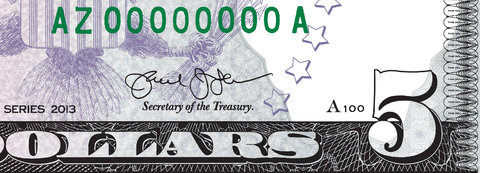“Growth and creating jobs remains our priority,” the statement from the finance ministers and central bank governors of the Group of 20 countries said.
It added that the governments in the organization, which collectively represent about 90 percent of the world’s economic activity, “are fully committed to taking decisive actions to return to a robust, job-rich growth path.”
Previous communiqués issued after such meetings had also indicated policy support among some member governments to focus on balancing budgets, not just spending to get out of recession. In this light, Saturday’s statement suggested the weight of policy consensus in large governments was shifting toward continued stimulus.
While not openly critical of austerity measures like the across-the-board automatic federal budget cuts in the United States, the statement suggested most governments see recovery as too weak to risk reducing spending on unemployment benefits, job training, education and other public sector outlays.
Not even Germany objected to the new wording, said a senior Treasury Department official who attended the two days of meetings in Moscow.
“The debate between growth and austerity seems to have come to an end,” the official said.
The benefits of the American pro-growth fiscal policies tapered only after the automatic cuts known as sequestration kicked in earlier this year. The efforts of the G-20 to coordinate economic policy are intended to help the world recover from the recession that began in 2007.
The officials also discussed strategies for ending central bank monetary stimulus, like the bond-buying program known as quantitative easing in the United States, without causing turmoil on financial markets.
Anton Siluanov, the finance minister of Russia, which is hosting the meeting, spoke in a final news conference about the tremor that American monetary policy is sending through emerging markets like Russia.
A suggestion last month by Ben S. Bernanke, the chairman of the Federal Reserve, that the United States economy may recover sufficiently this year to wind down the bond-buying program caused a sell-off in emerging market bonds.
With United States Treasury rates rising in response to Mr. Bernanke’s comment, investors no longer saw the benefit of taking the extra risk of putting money in government bonds issued by wobbly emerging markets like Russia.
“We had an experience where just a comment that quantitative easing could end wound up seriously affecting developing economies,” Mr. Siluanov told journalists.
The joint statement sets the stage for a G-20 summit meeting in St. Petersburg in September. It suggested that leaders including President Obama would similarly play down concerns about deficits in light of continued weakness in the global economy during an uneven recovery: demand remains weak in China and Europe while growth in the United States is anemic.
The officials discussed efforts to stimulate demand in China. Beijing has removed a floor on interest rates banks can charge, which could lower rates and encourage business activity and spending.

Article source: http://www.nytimes.com/2013/07/21/business/global/g-20-ministers-aim-for-more-job-growth.html?partner=rss&emc=rss







